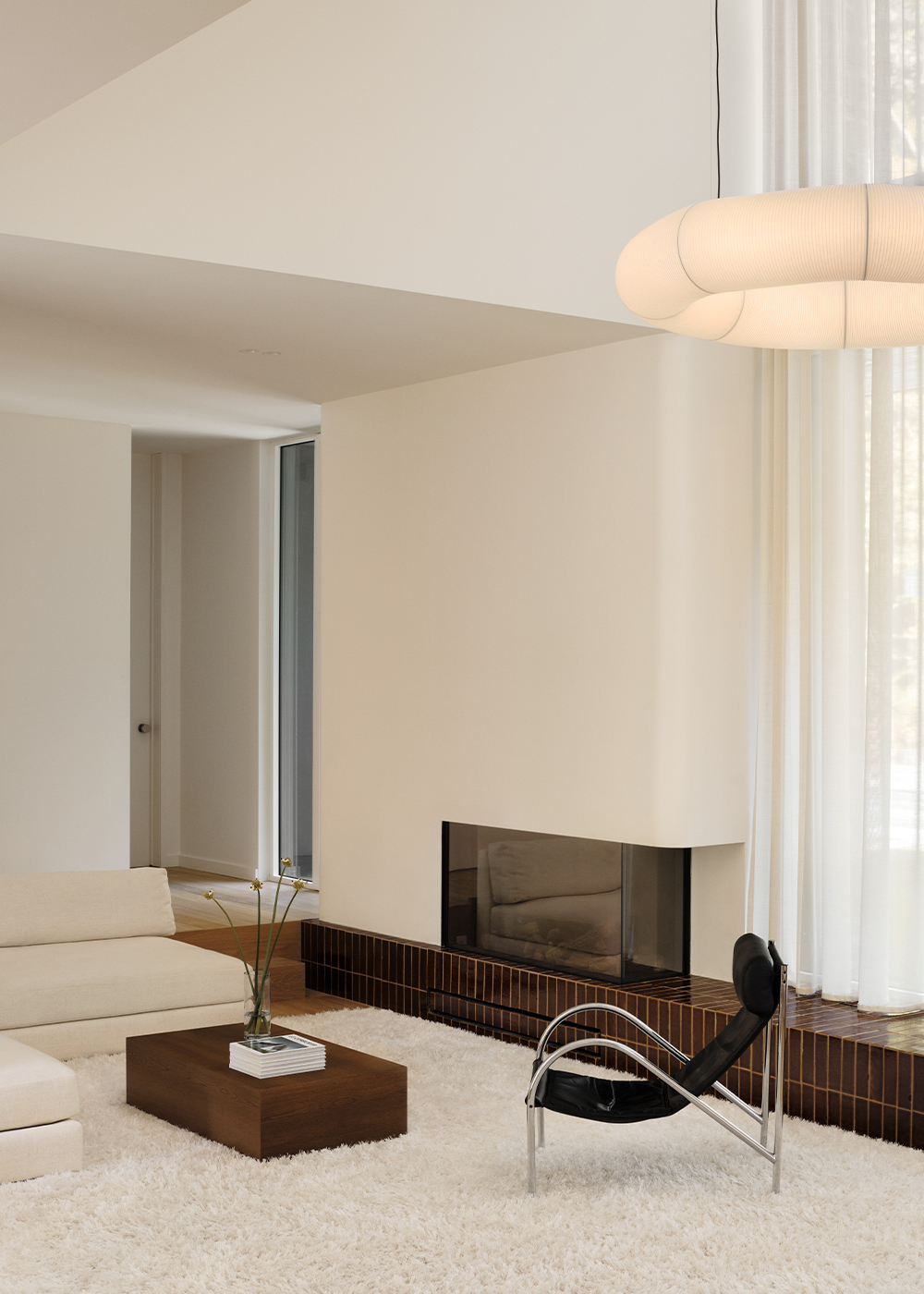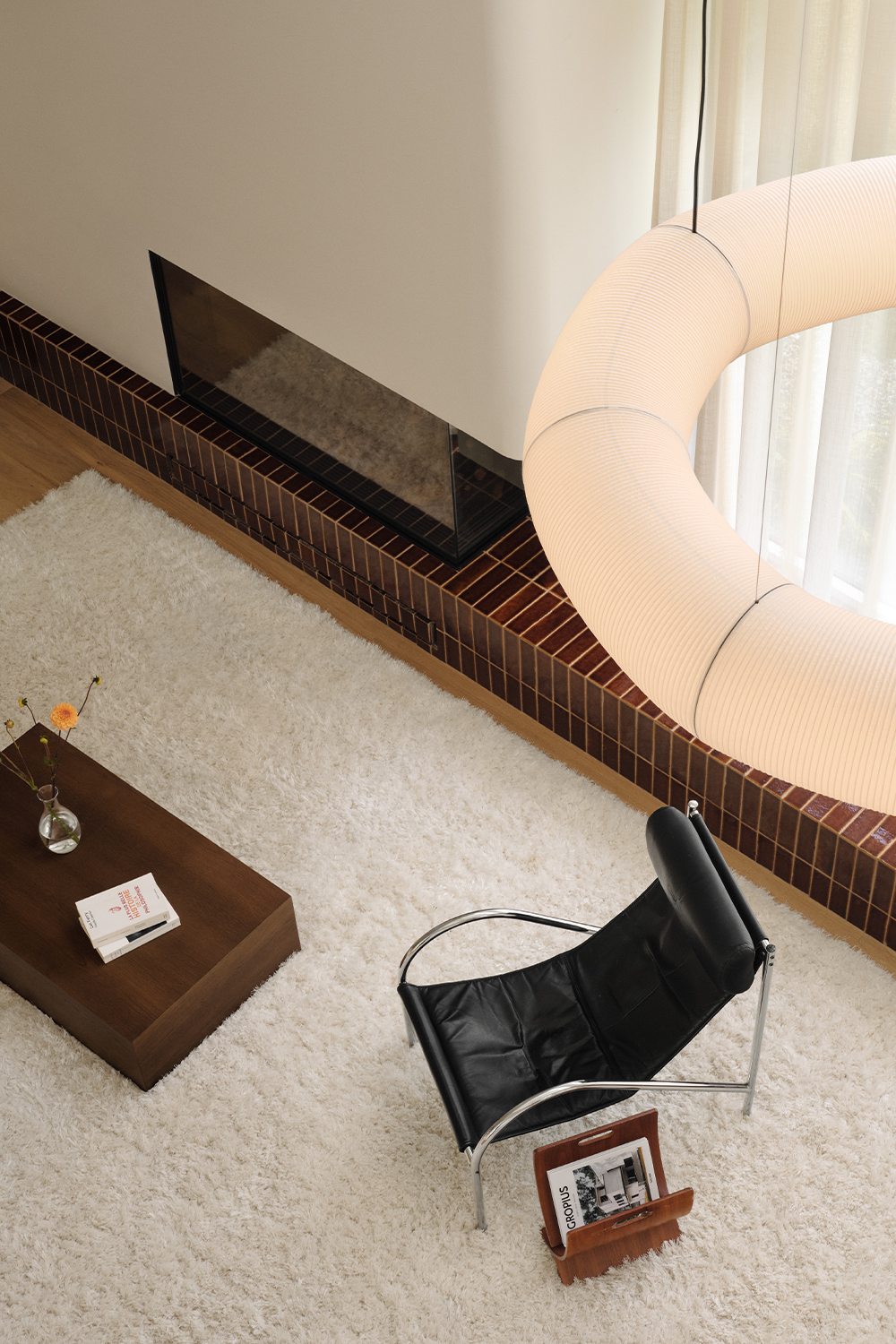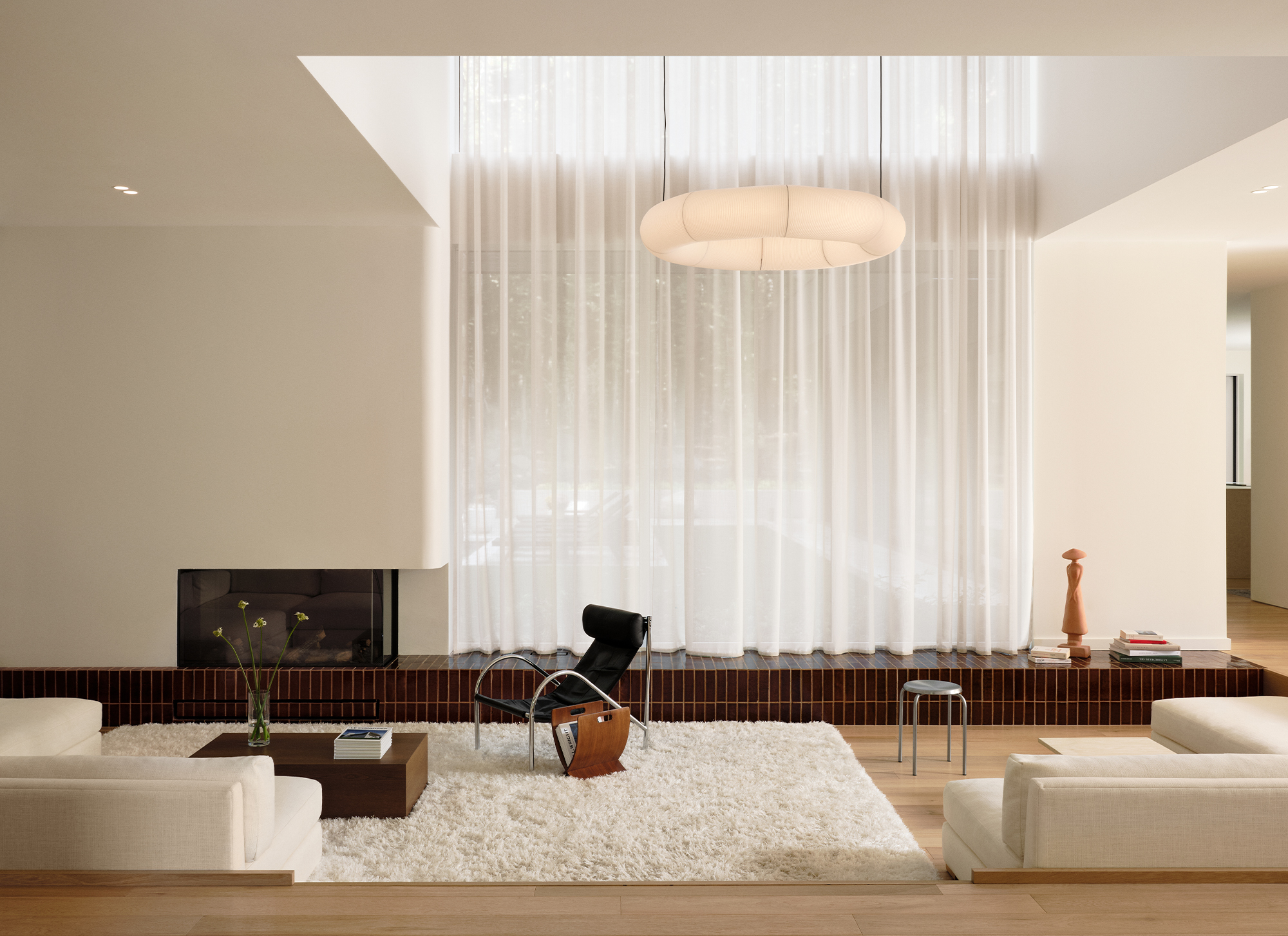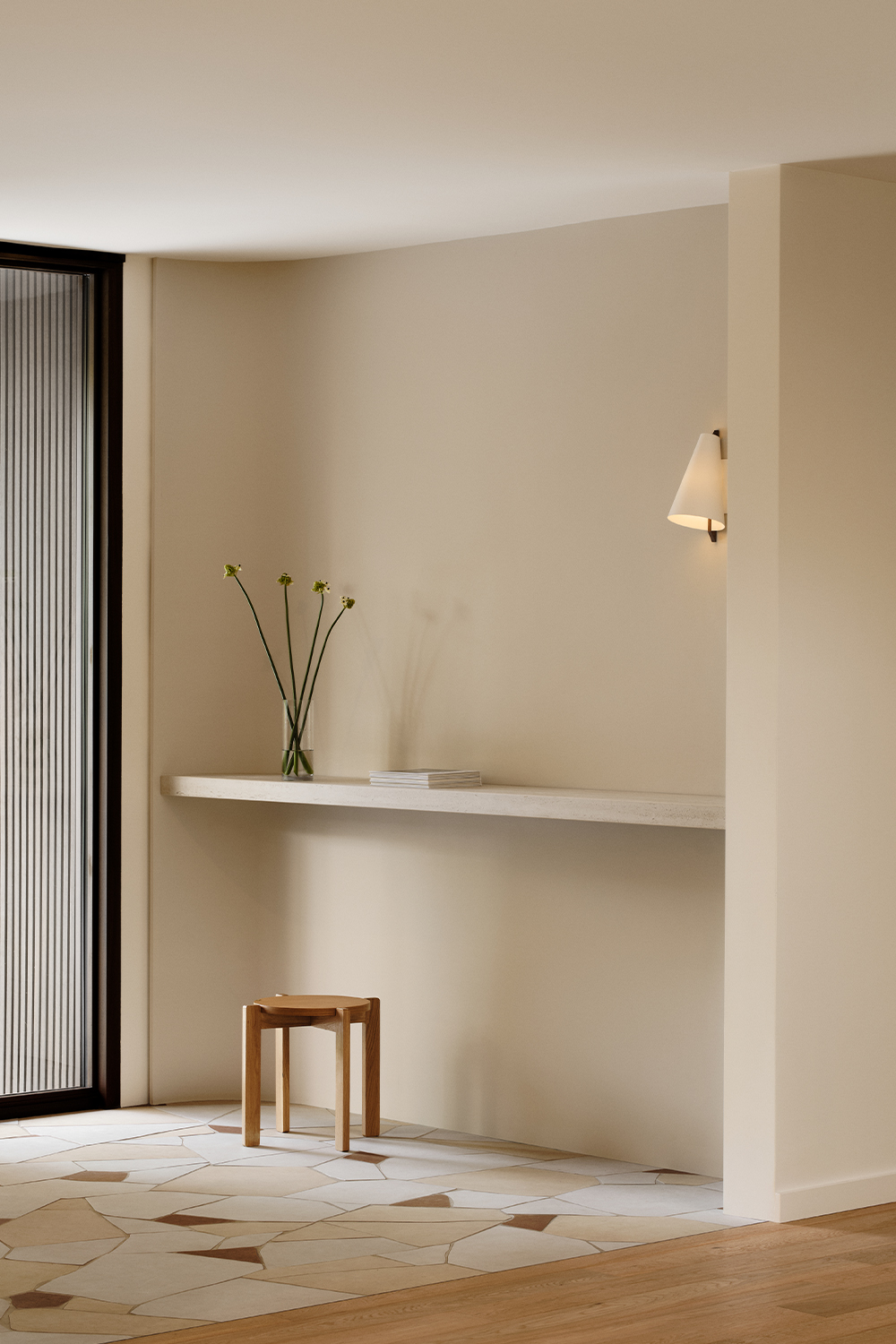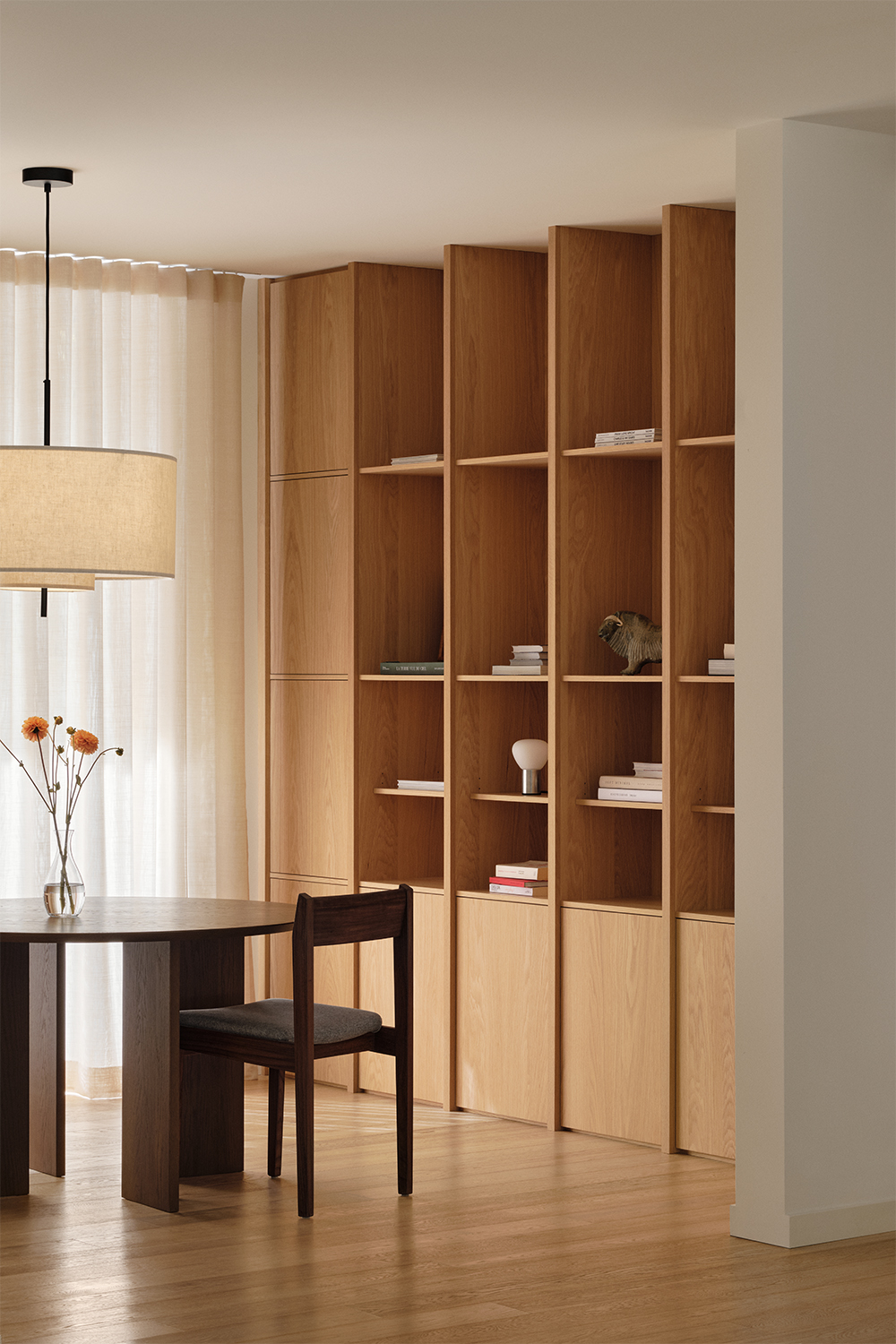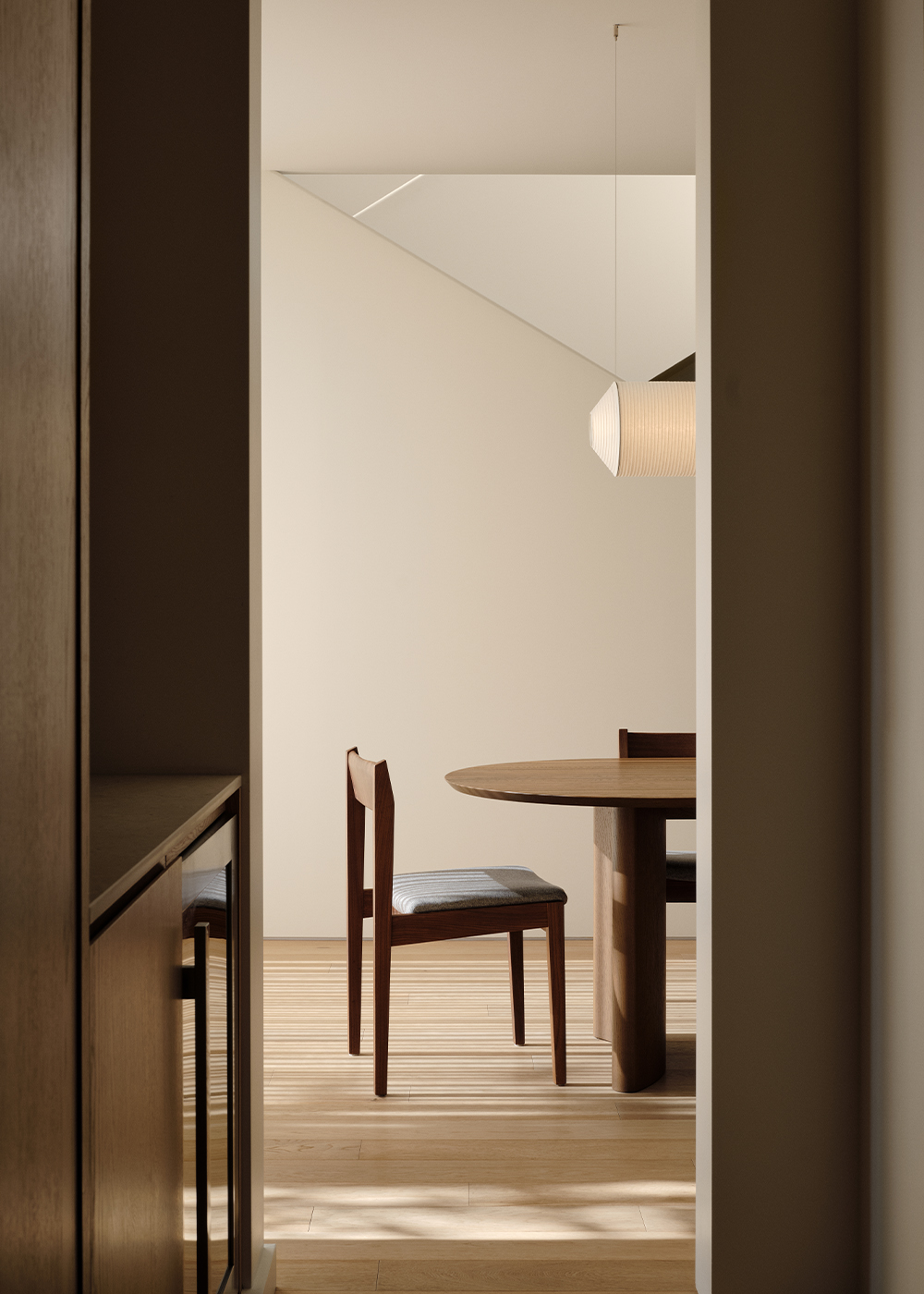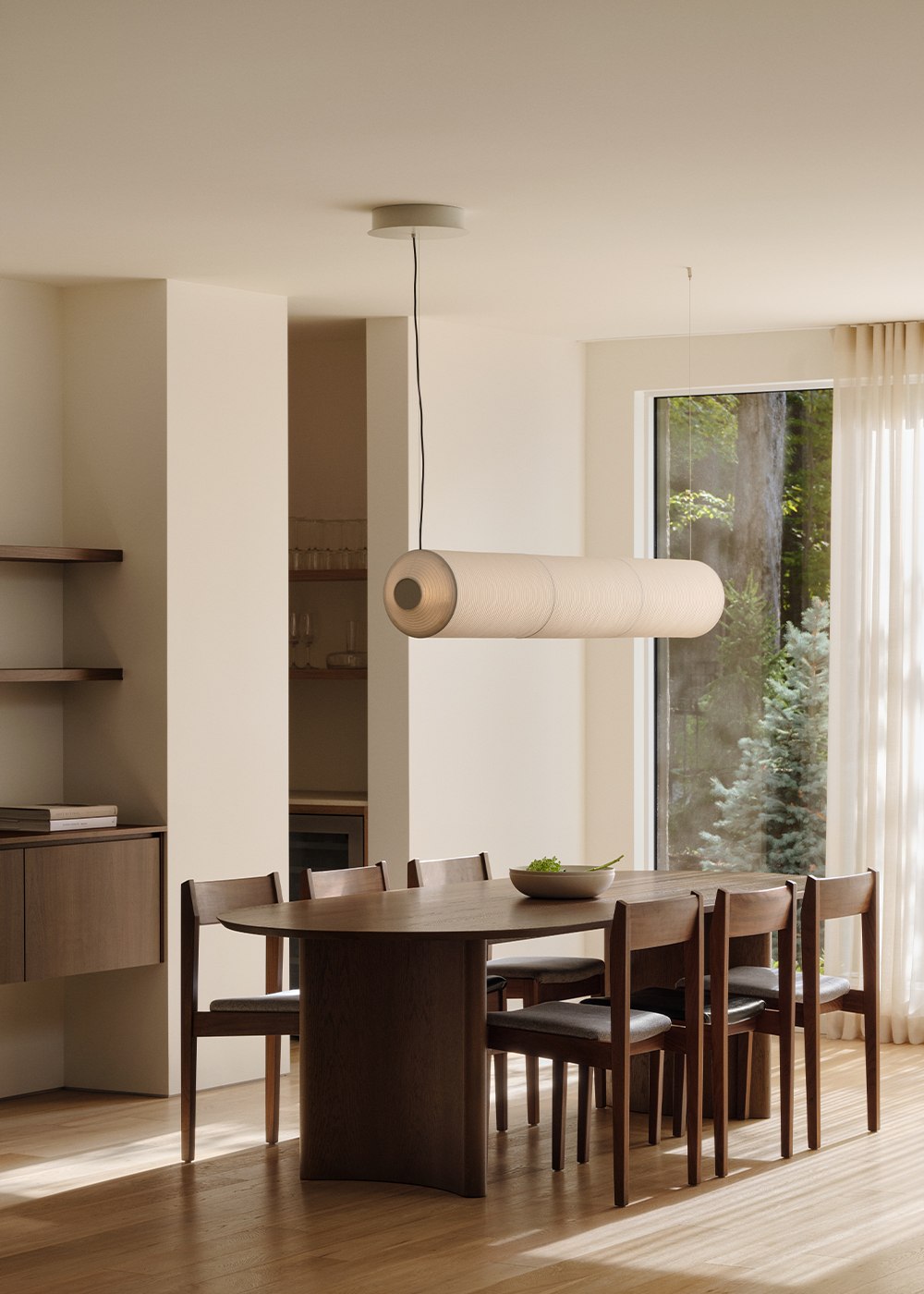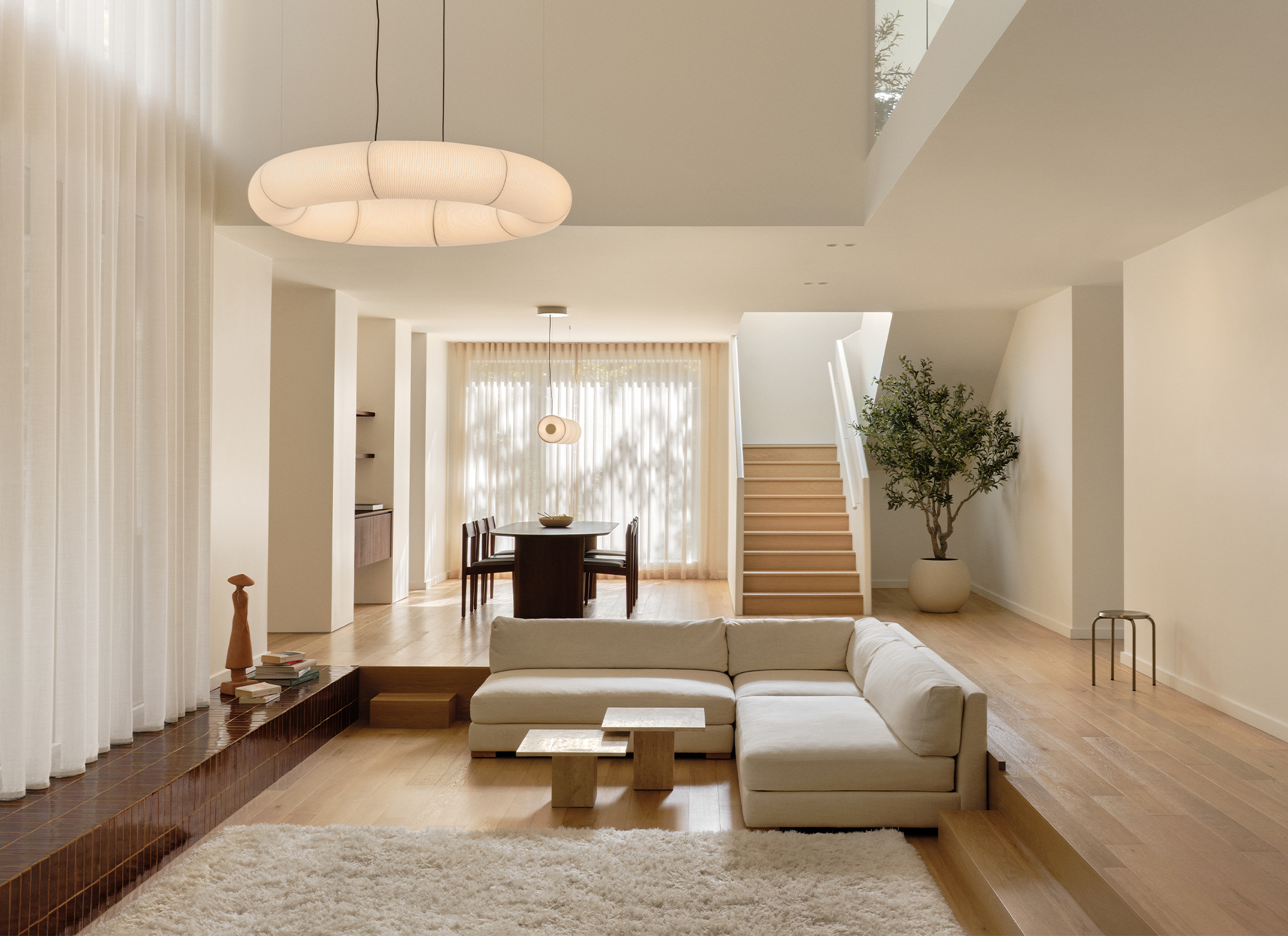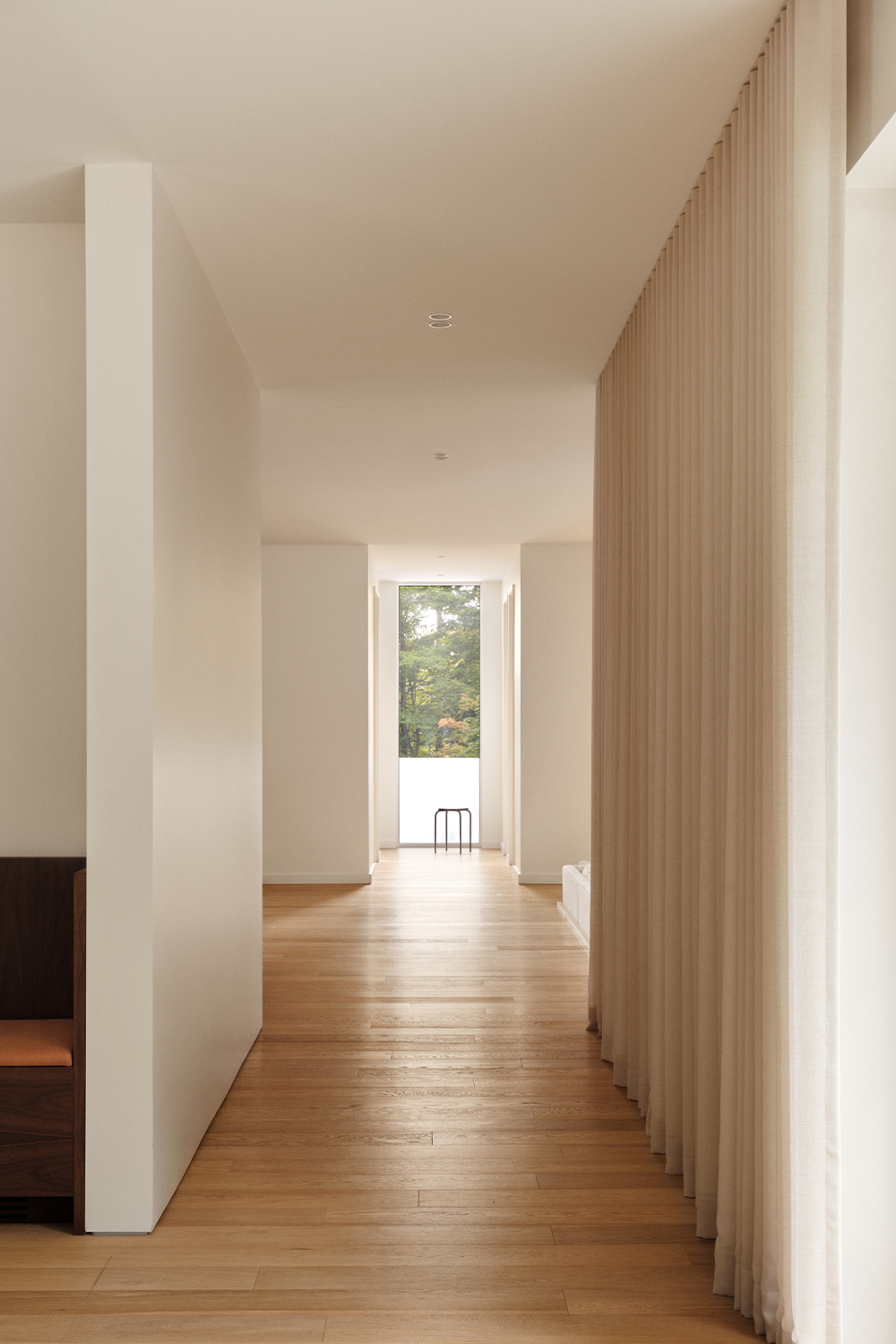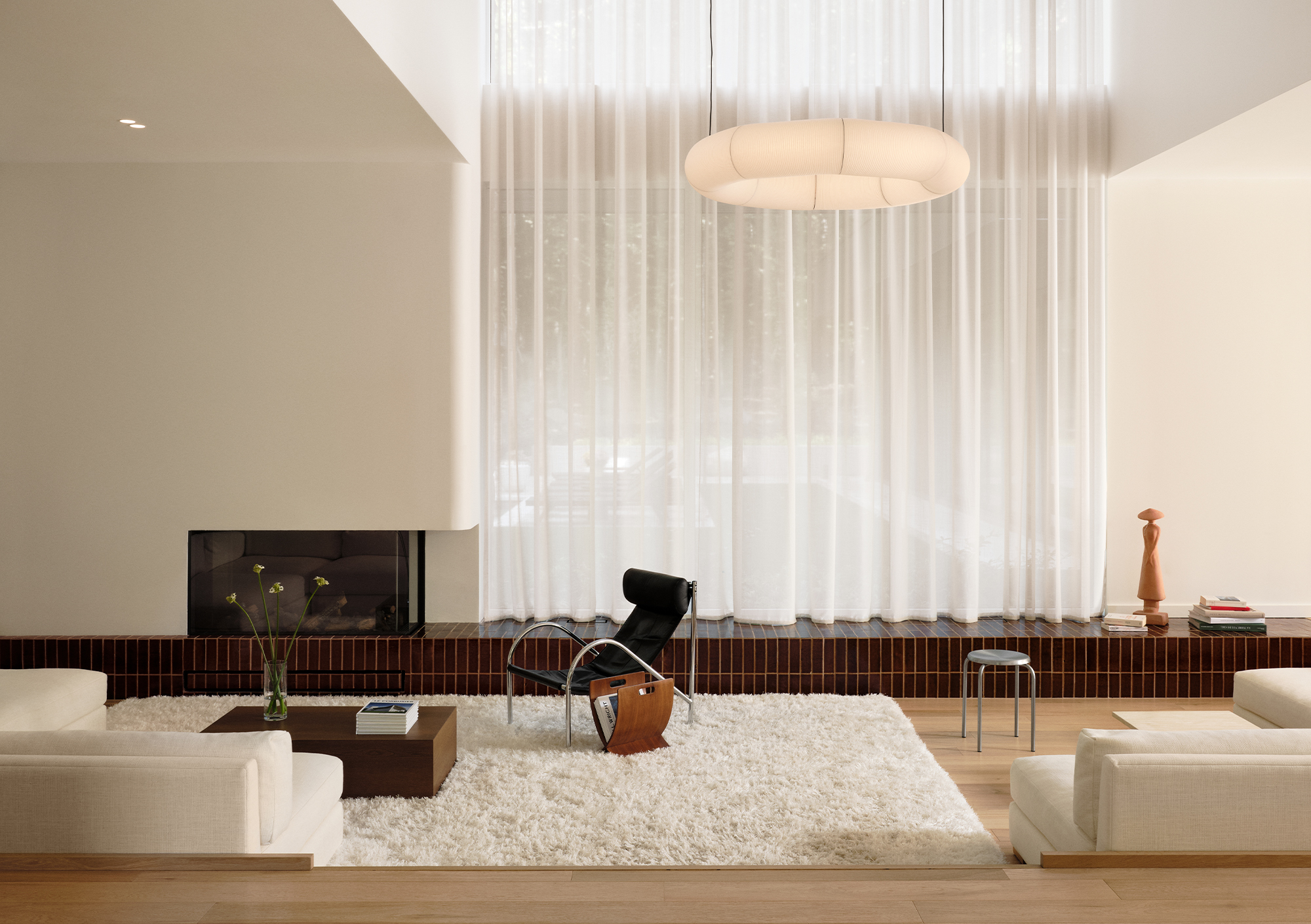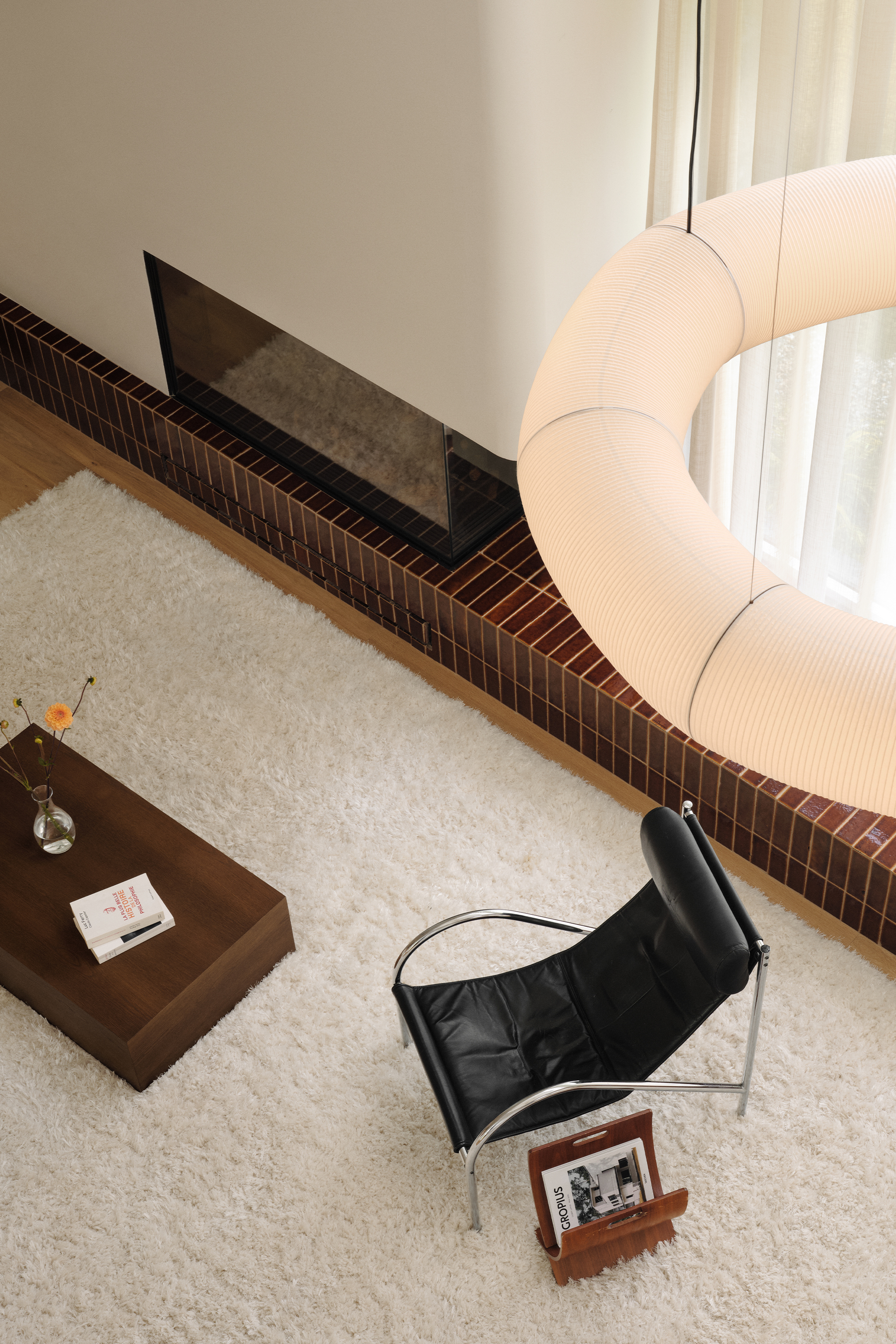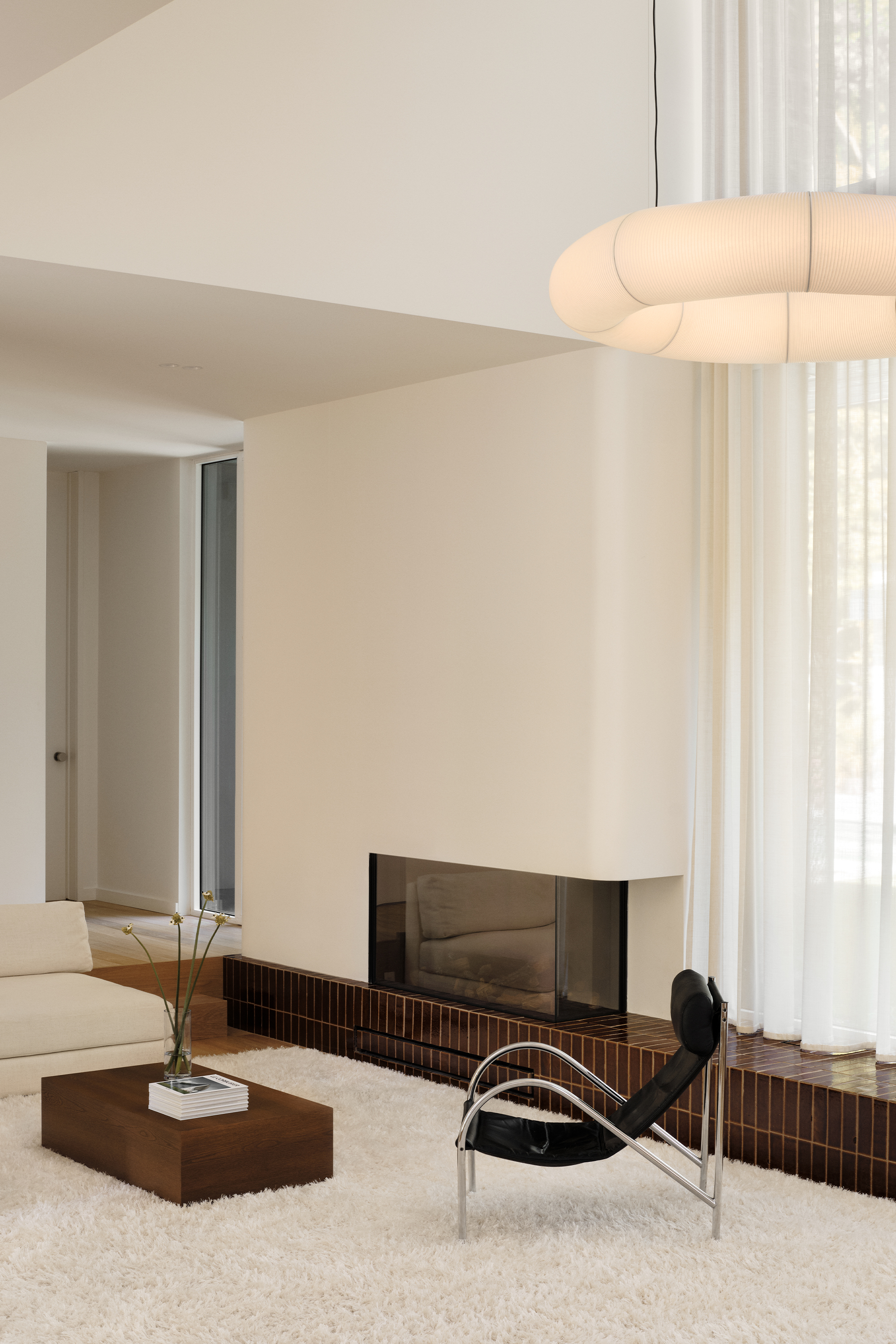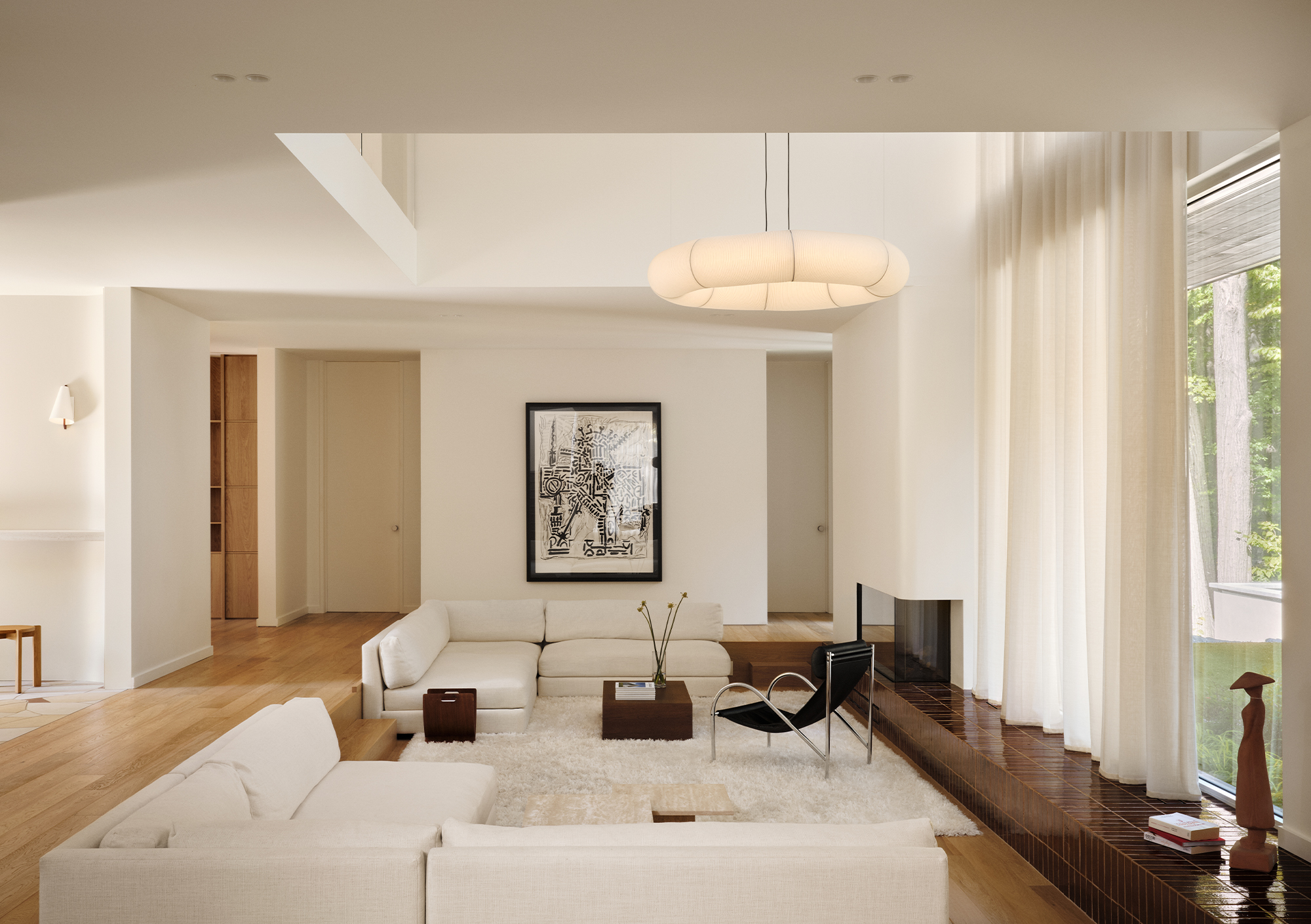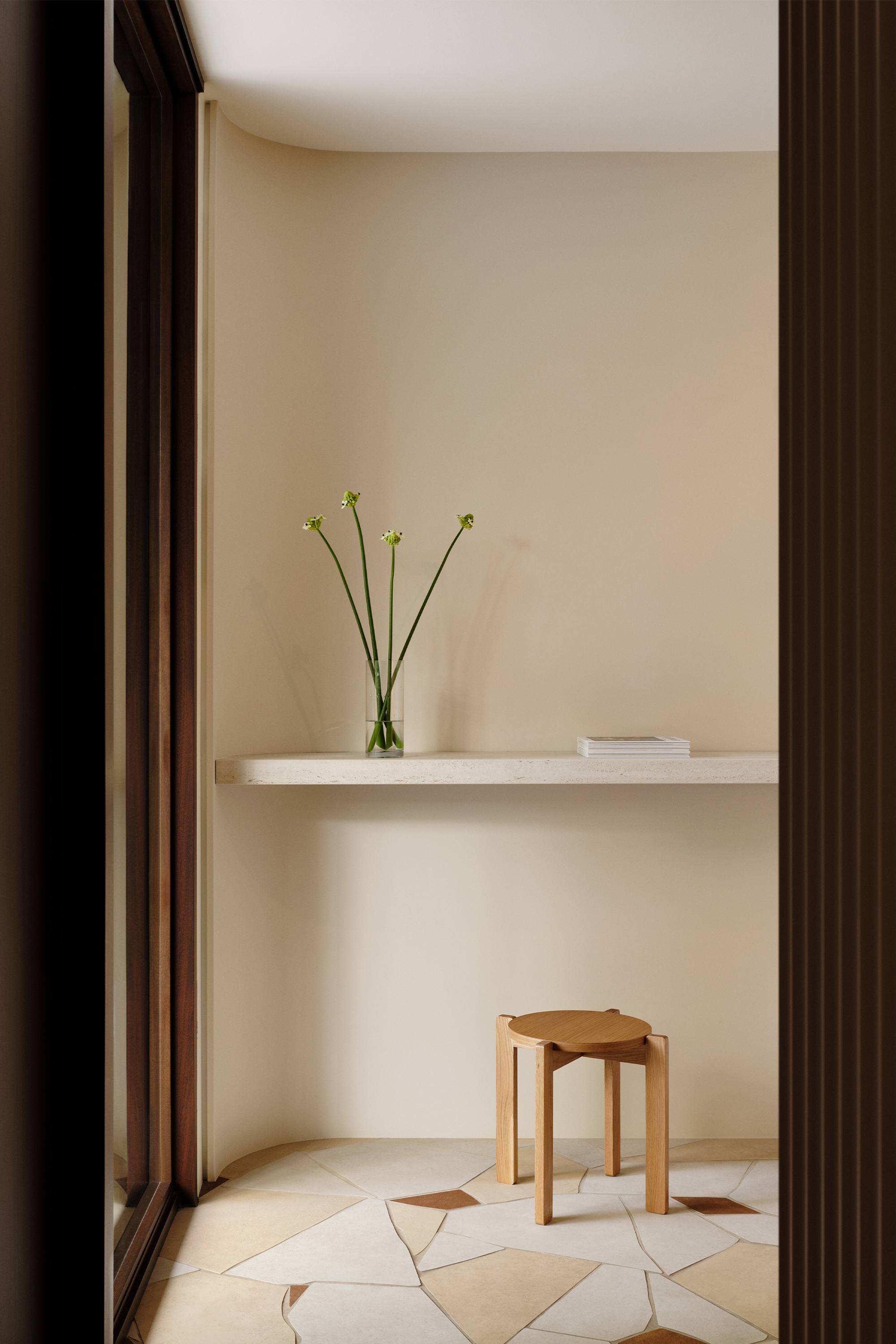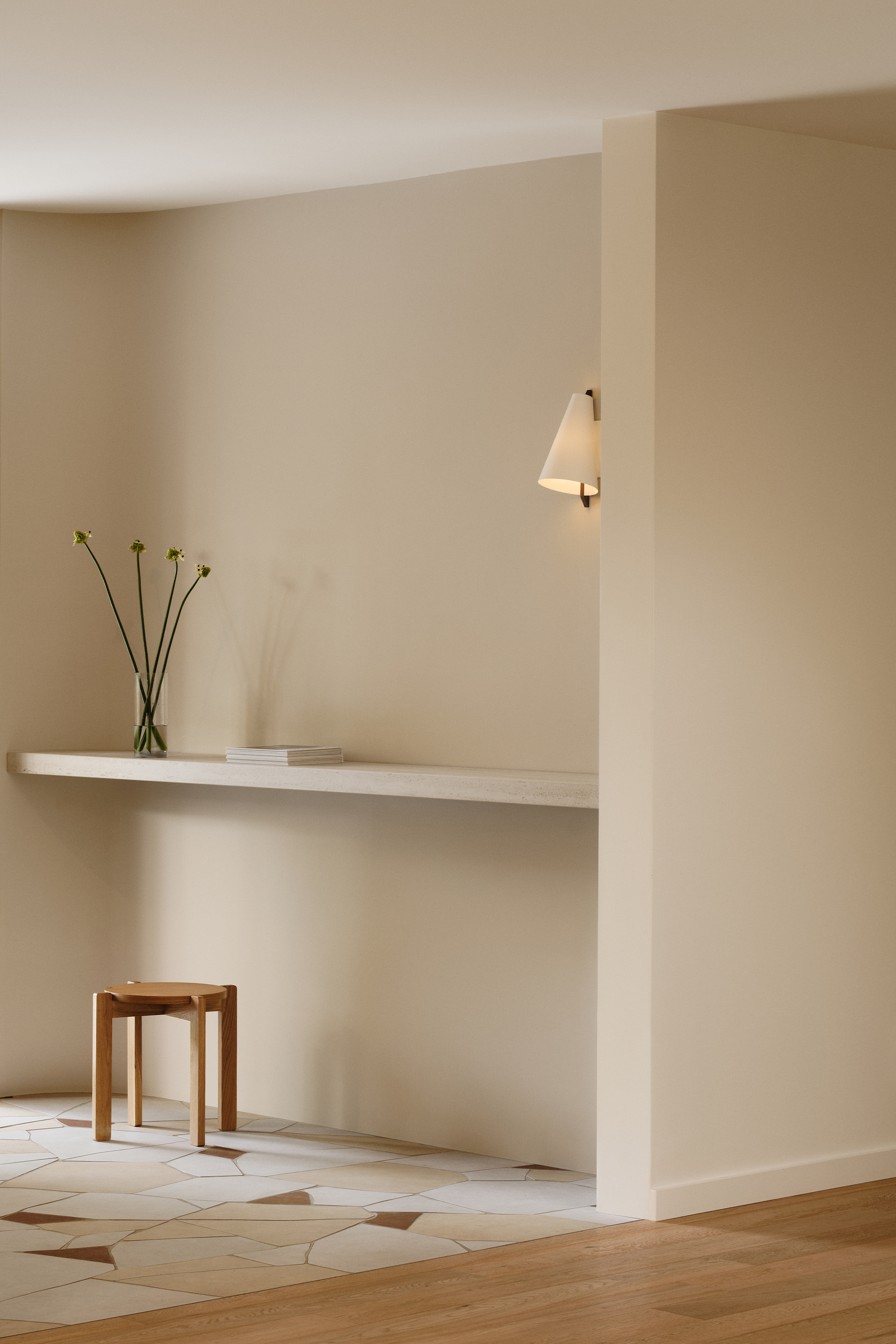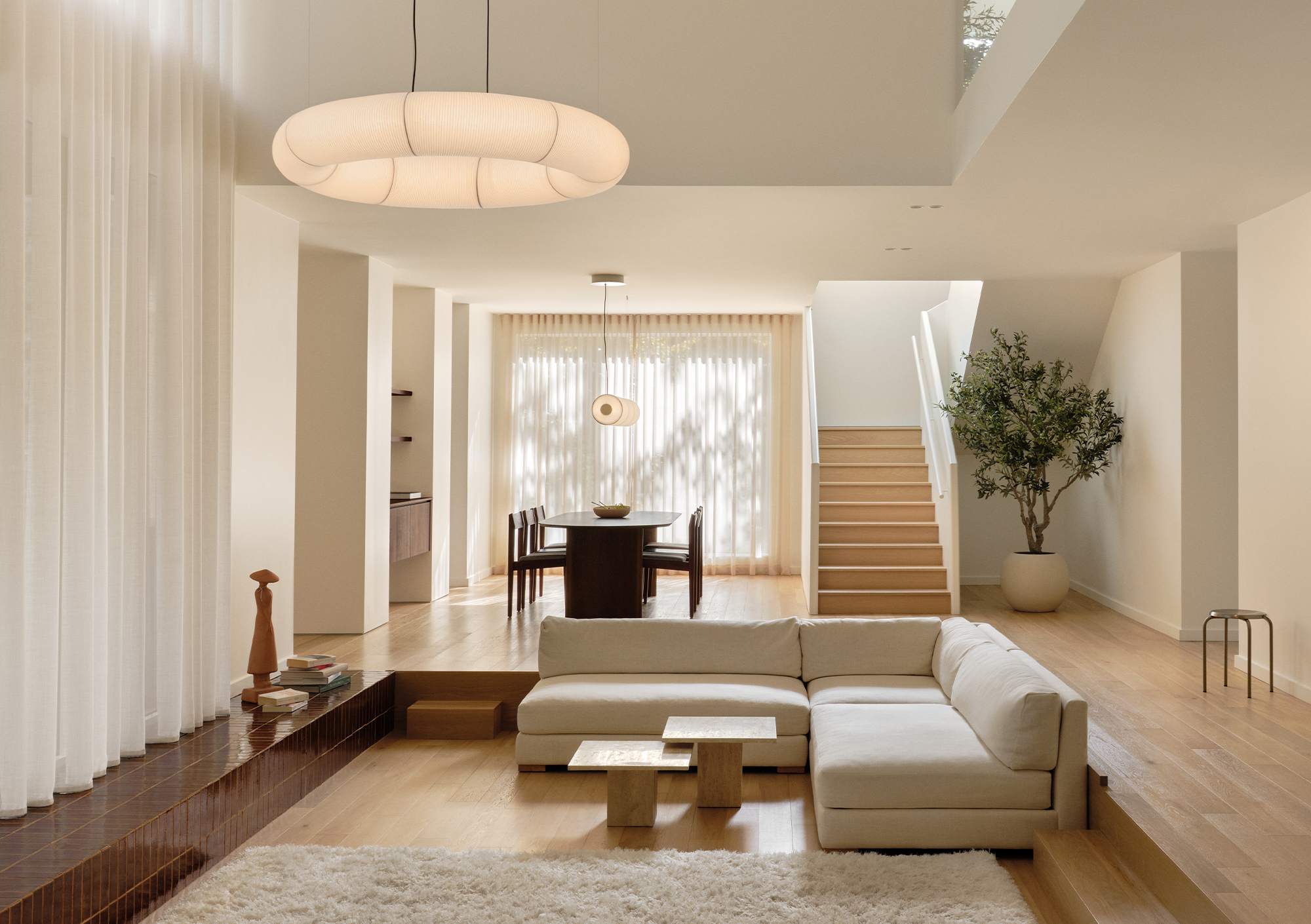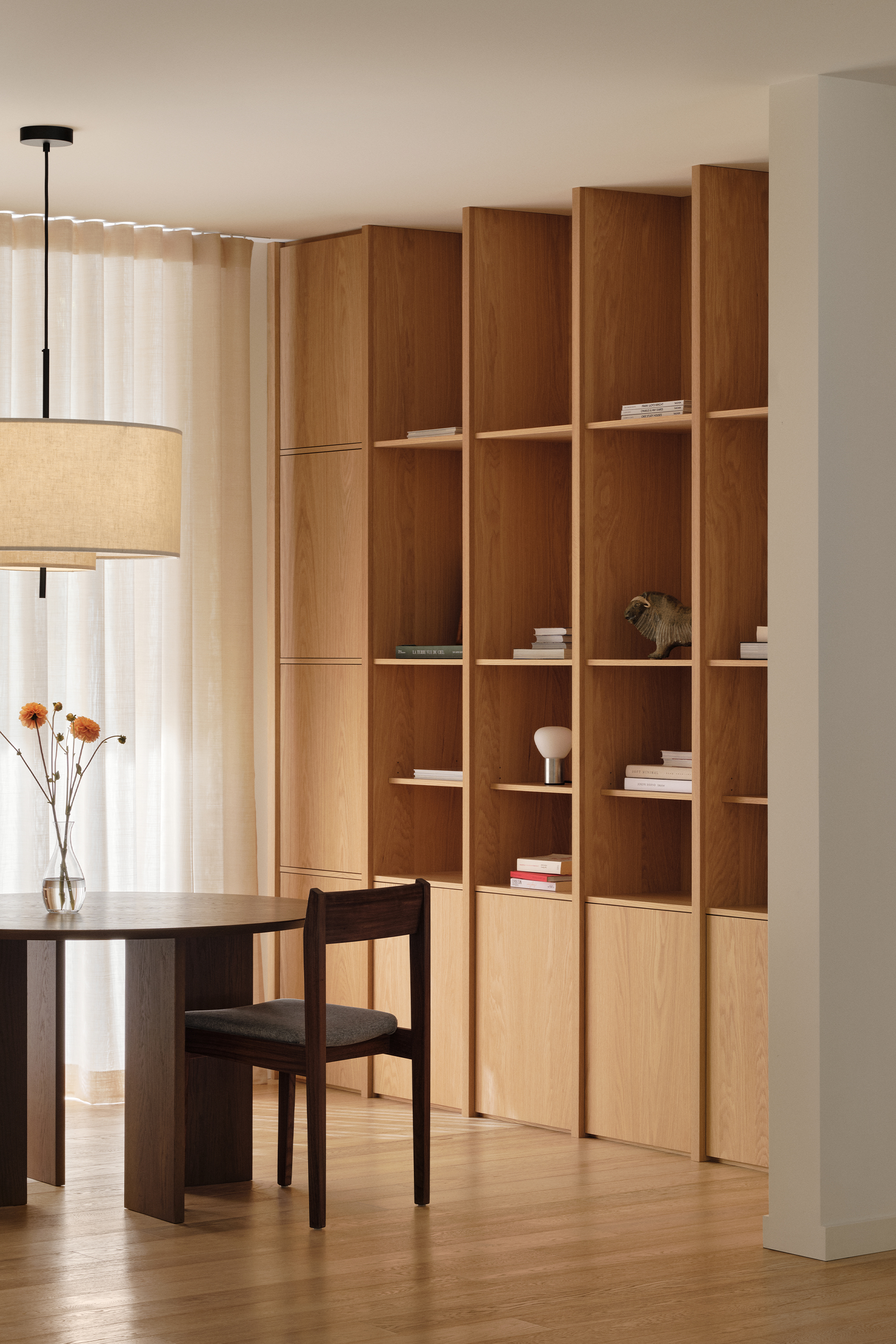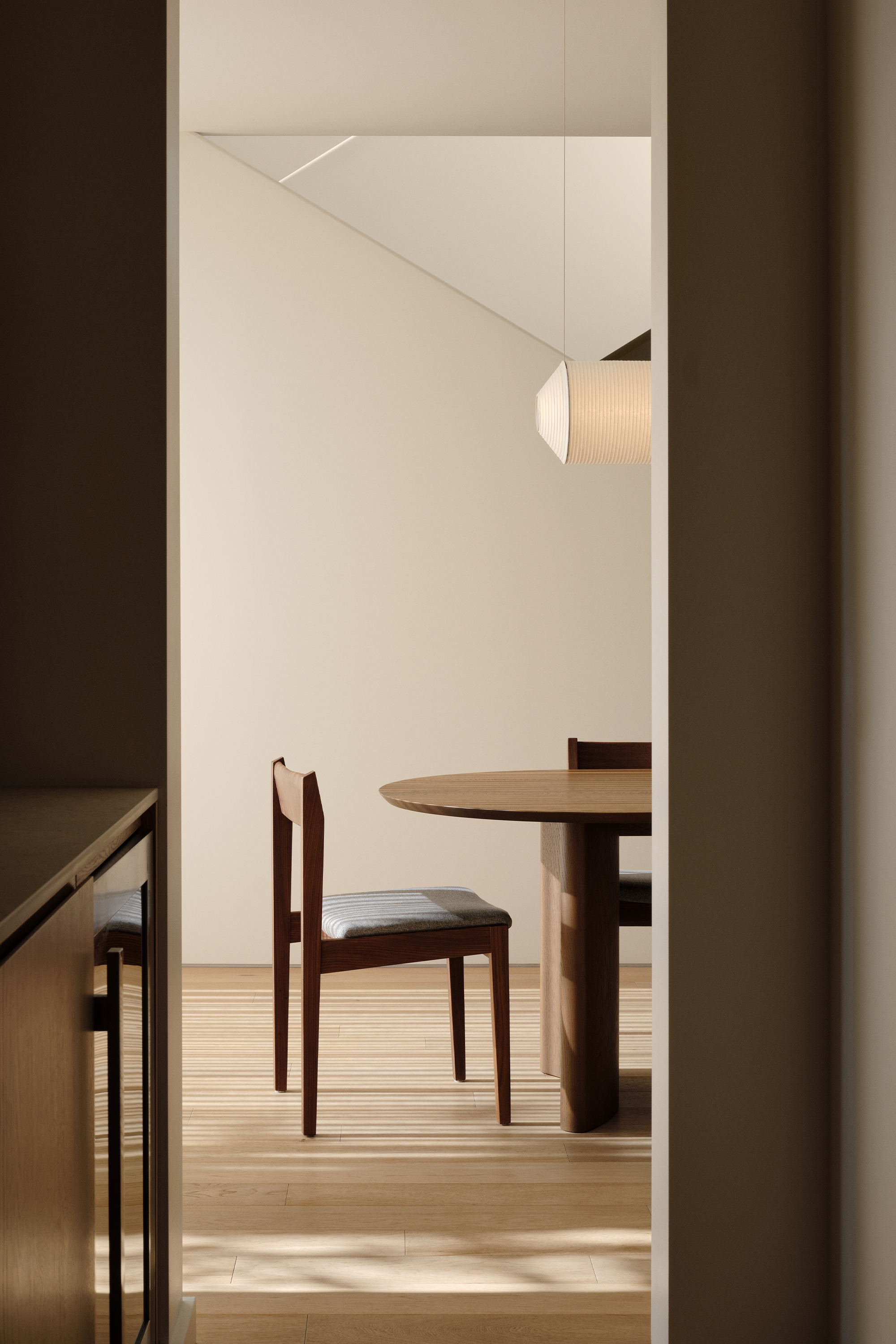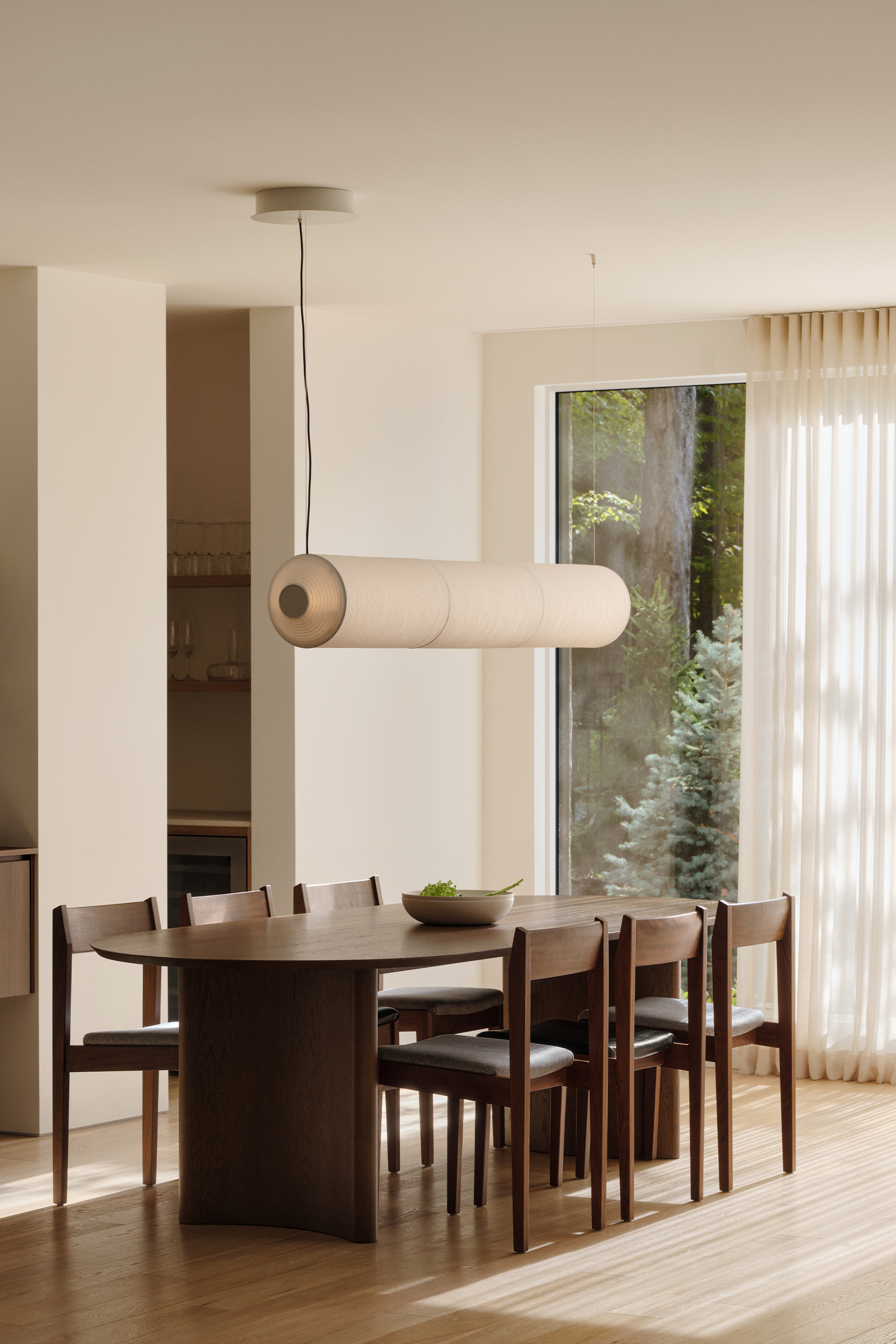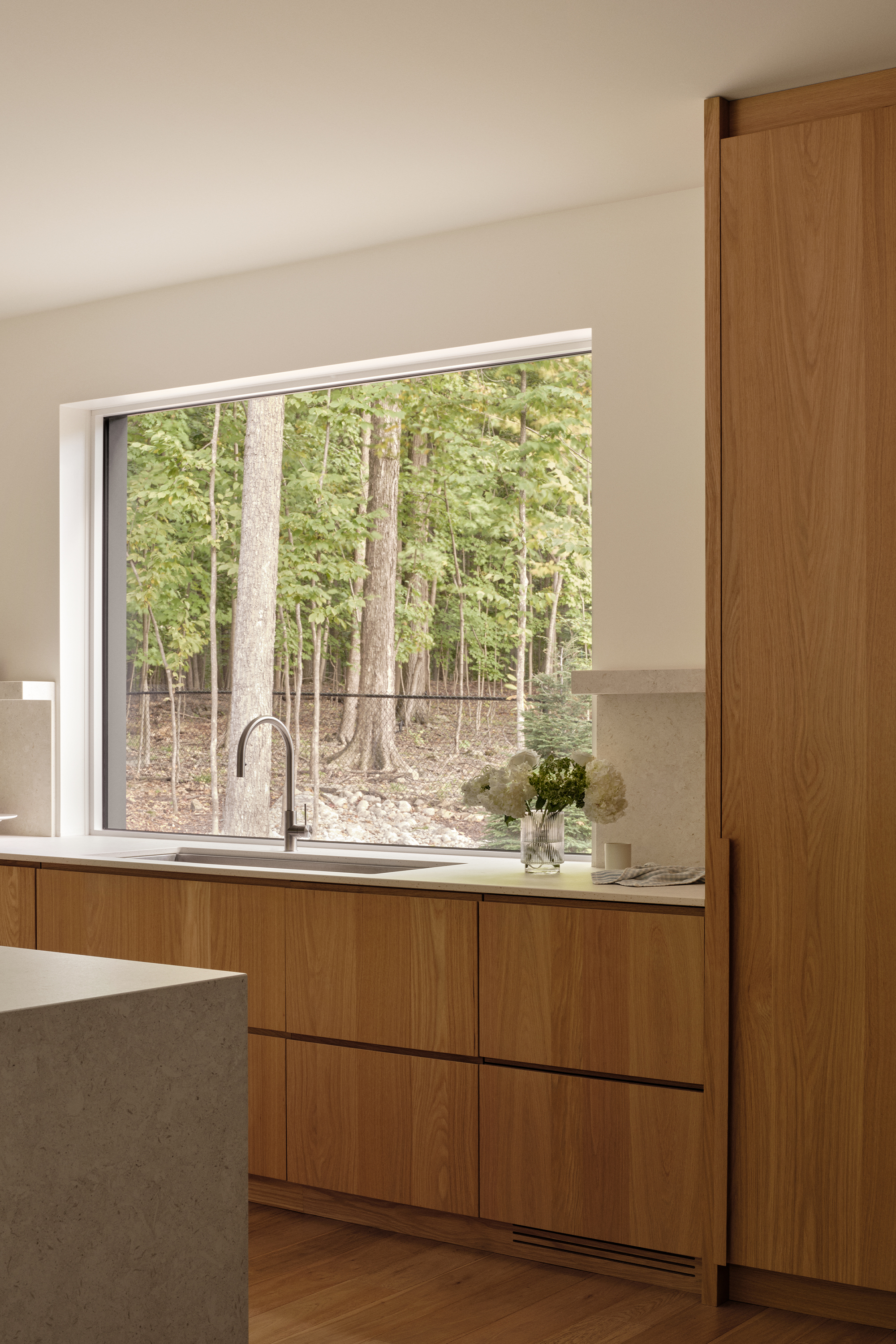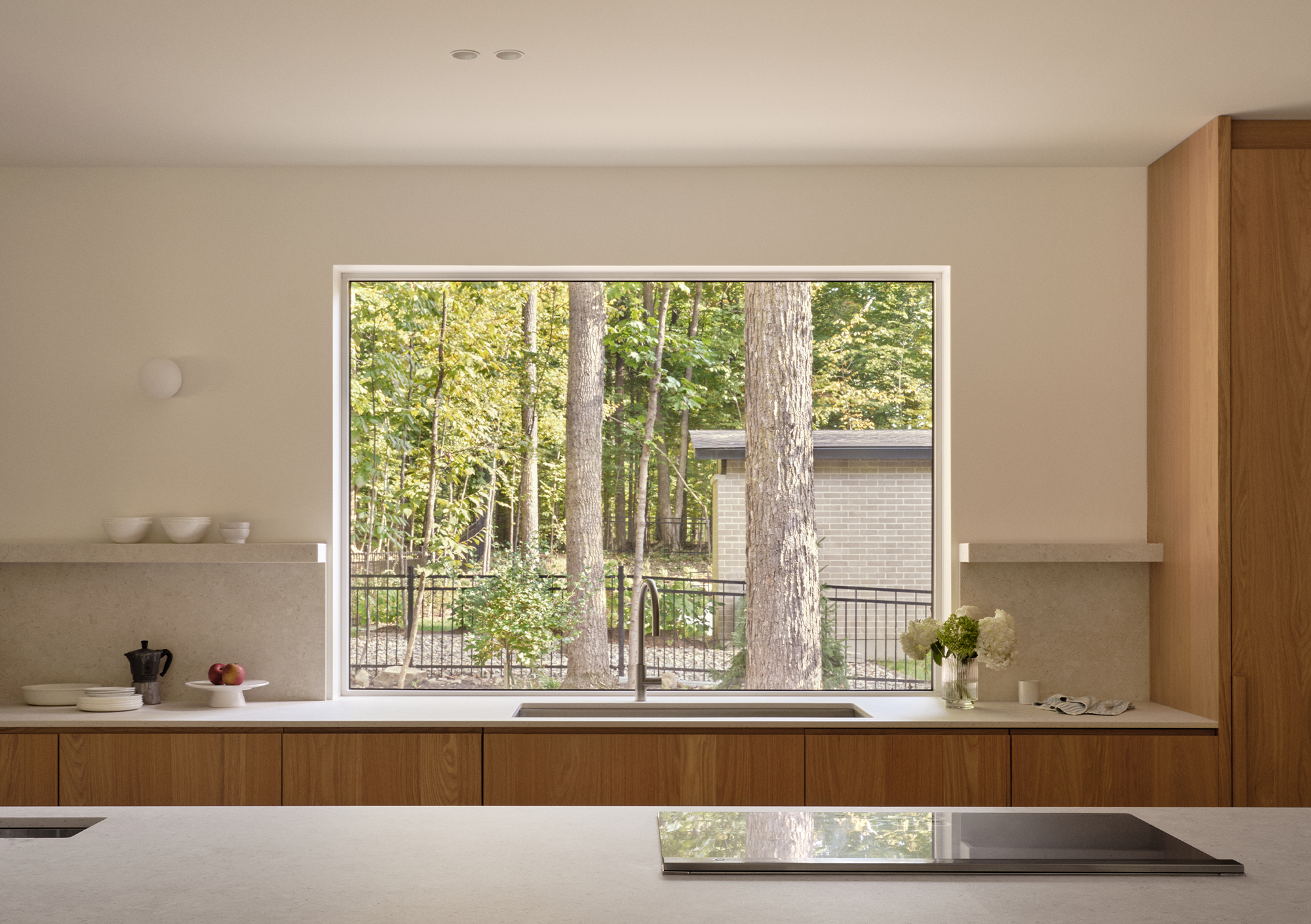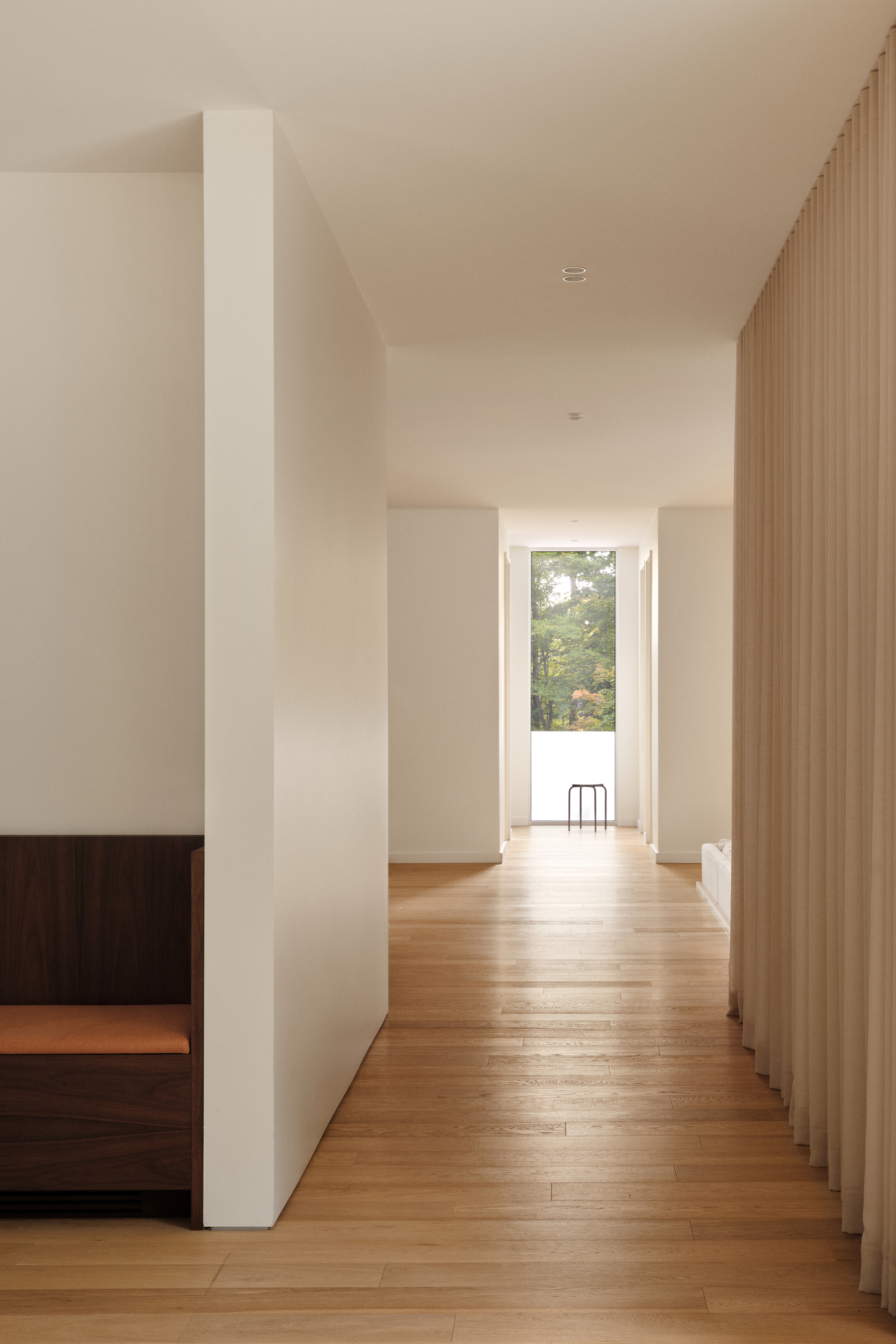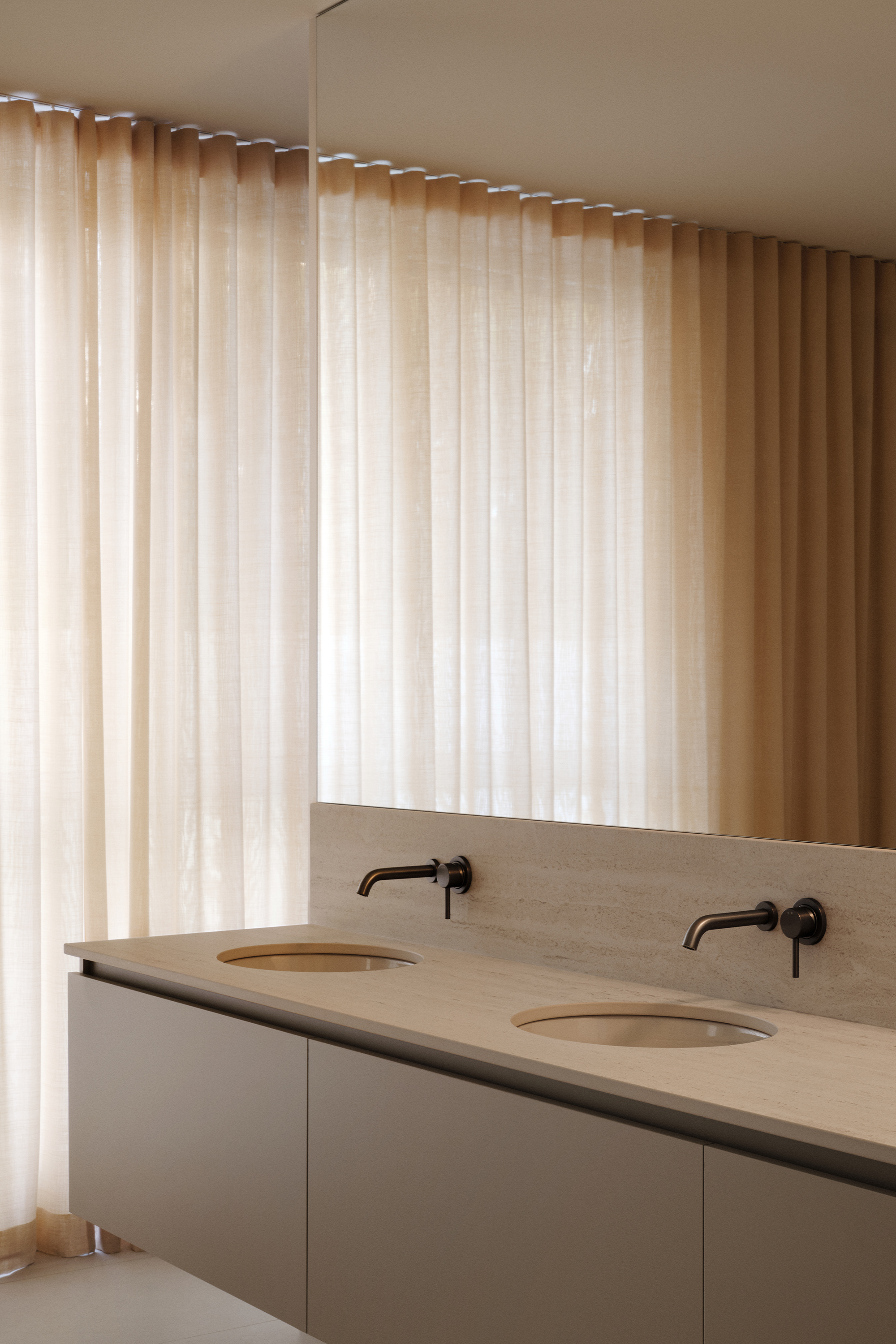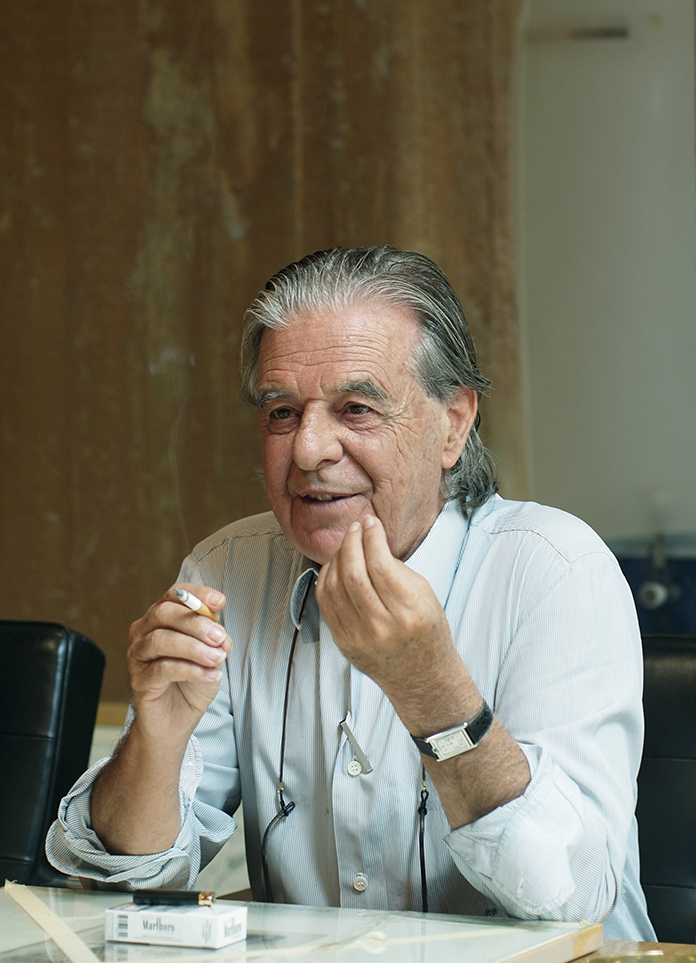YINJISPACE:"You describe your work as creating “organic and vibrant environments” at the intersection of functionality and aesthetics—how has this philosophy materialized in your design practice?“
Vives St-Laurent:”for us, an organic environment is one that feels natural, lived-in, and emotionally coherent. A well-designed space should support daily life while also creating a sense of ease or connection. I’ve always been sensitive to how a space can make you feel, and that emotional quality is something we care deeply about in our work. In practice, this means creating spaces that are functional without feeling rigid, and beautiful without being overdone. We design places that can evolve with the people who live in them, where every element has a purpose but still leaves space for personal expression. What brings vibrancy to a space is how it’s used, how materials interact with light, and how the layout flows. Decoration has its place, but it always supports the atmosphere rather than taking over.“
Located at the foot of Mount Saint-Bruno, on the South Shore of Montreal, the Montpellier residence blends into a richly natural forest landscape. Surrounded by a dense canopy, the house discreetly nestles into its environment, seeming to slide against the mountain that here acts as a backdrop. This contemporary residence was conceived as a place of refuge and contemplation.
The result of a collaboration between the Vives St-Laurent design studio and ATA Architecture, the project unfolds over three levels, including a garden-level floor partially buried in the natural slope. This sensitive placement allows the building to elegantly follow the terrain’s incline, deliberately breaking away from the more conventional typologies in the neighborhood, which were mostly built in the 1960s. One of the main challenges of the project was to integrate a volumetry already defined following in-depth discussions between the clients and architects. The interior design intervention thus revolves around this structure, focusing on fluid circulation, generous openings, and high-quality natural light.
